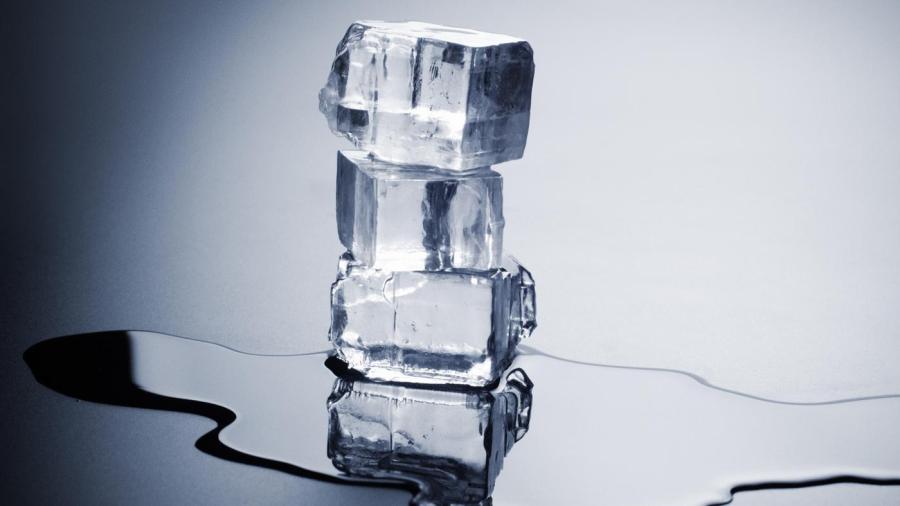What Are Examples of Solids, Liquids and Gases?

An easy example of a solid, liquid and gas is ice, water and water vapor. Solid, liquid and gas are the three main forms that matter can exist in. Solid water is ice, liquid water is water and gaseous water is water vapor.
Water will freeze at zero degrees Celsius or 32 degrees Fahrenheit and become ice. When water is boiled to a temperature above 100 degrees Celsius, or 212 degrees Fahrenheit, water can evaporate into steam and become water vapor.
Other examples of solids include wood or clay but all solids will keep their shape unless interacted with. Examples of liquid include milk and fruit juices and have no shape. They will spread out if they are poured onto a flat surface. Gases are also shapeless and usually invisible to the naked eye. Examples of gas include oxygen and carbon dioxide.
There are six different stages that water can transform into different forms of matter. When ice becomes water, this process is called melting. When water becomes water vapor, it is called evaporation. When ice becomes water vapor, it is called sublimation. Melting, evaporation and sublimation happen when the substance absorbs latent heat. When water goes from a liquid to ice, it is called freezing. When it goes from water vapor to water, it is called condensation. When it goes from water vapor to ice it is called deposition. Freezing, condensation and deposition happen when the substance releases latent heat.





